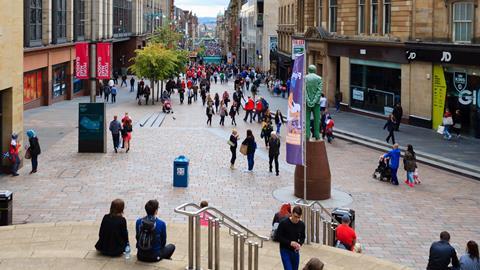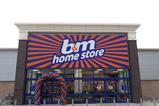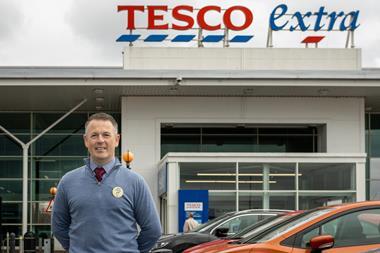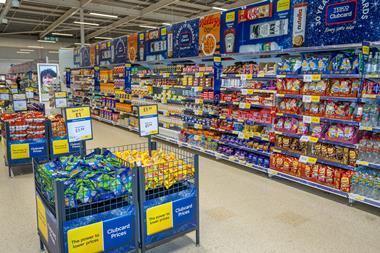Rather than making its pre-election pledge to level the playing field between online giants and the high street, Labour should have simply said it planned to make the biggest businesses pay for a tax cut for smaller ones.
That is the truth that has emerged of its plans for business rates, first in a discussion paper in October, followed by draft legislation last week and today in an opinion piece in The Grocer by Treasury minister James Murray.
Labour’s plan is to introduce higher business rates for the most valuable 1% of properties to pay for a discount for smaller properties in retail, hospitality and leisure. The higher rate will be payable for properties with a rateable value of £500,000 or more.
Murray maintains the move - due to start in 2026 - will “help make sure online giants pay a fairer share” while adding the higher rate will also capture “other out-of-town businesses that draw footfall away from high streets”.
That’s true, though an admission of it sooner might have lessened pre-election support for Labour from large retailers somewhat.
In fact, “more large format supermarkets will pay the new [higher] levy than large distribution warehouses”, says Paul Turner Mitchell, business rates expert at real estate intelligence firm Altus Group.
Those large supermarkets will be among 3,274 retail premises that will pay the higher levy, compared with 1,589 large distribution warehouses, according to Altus.
Even when it comes to distribution warehouses, the Treasury’s conflation of the most valuable 1% with ‘online giants’ is erroneous, according to Altus data, which suggests only 17% of the very largest 100 are online-only.
Retailers are paying the price
It’s not looking very promising for high streets either, since these are also the locations of some of the most valuable properties, where retailers occupying them help draw footfall for smaller ones.
Fourteen of the 15 most valuable retail properties in the country are on London’s Oxford Street, New Bond Street, Regent Street or Brompton Road, according to Altus, including Harrods, Selfridges, John Lewis, M&S, Primark and Boots. Are these the locations the government intended to punish?
About 500 out-of-town retail warehouses occupied the by the likes of Next, B&Q, Currys, Wickes and M&S will also be in the firing line.
Even smaller retailers, who initially welcomed the suggestion of permanently lower business rates, are coming out against the plans as the implications become clearer.
Large shops “play a vital role providing the all important footfall draw that smaller operators rely on”, says Vivienne King, chair of the Shopkeepers’ Campaign.
“So in fact it’s not only the online giants that will be covering the cost, nor is it only the very largest superstores. It’s also the large shops which serve as centre anchors for everyone else.”
The backdrop is a mounting tide of objection from retail and wider business to chancellor Rachel Reeves’ first budget last month.
In a draft letter to Reeves, leaked to Sky News last week, the BRC warned of the “sheer scale of new costs” for retail, including increases in business rates and employers’ national insurance.
The letter said nearly £2.5bn would be added to the industry’s annual tax bill, making “job losses inevitable and higher prices a certainty”.
Meanwhile, up to 20,000 farmers are expected to descend on Westminster on Tuesday in protest over proposed changes to inheritance tax eligibility for farm businesses.
“The government is scrambling to get control of the situation,” a retail industry source told The Grocer this morning in reaction to Murray’s opinion piece.
No wonder Murray decided to write it now, before the row over business rates grows to a deafening pitch.

He’s responsible for covering the discounters and retail property, and for commissioning and editing The Grocer’s analysis features. He has over 20 years' experience as a journalist, during which his by line has appeared regularly in a range of national newspapers.
Follow Steve on Twitter: @Steve_Farrell_ View full Profile
























No comments yet